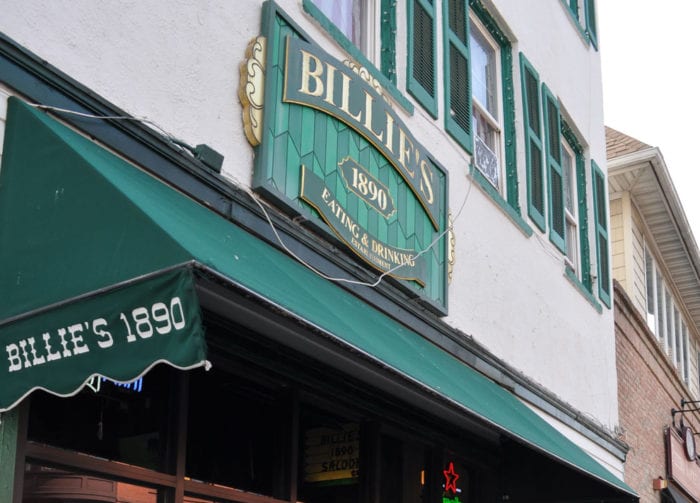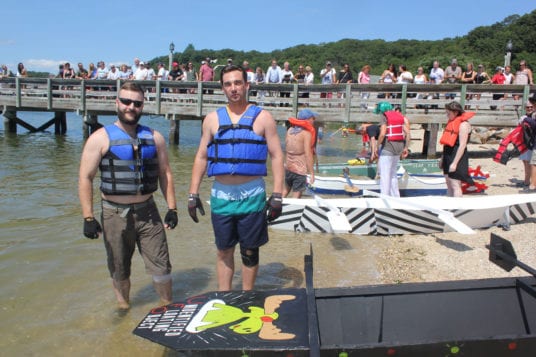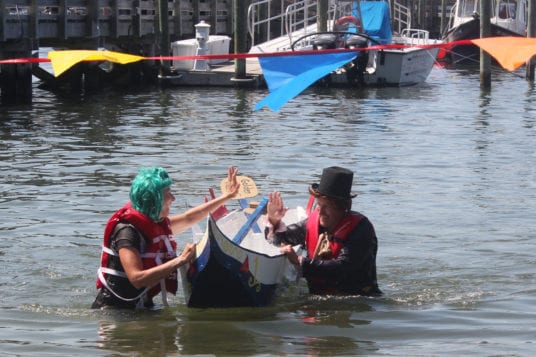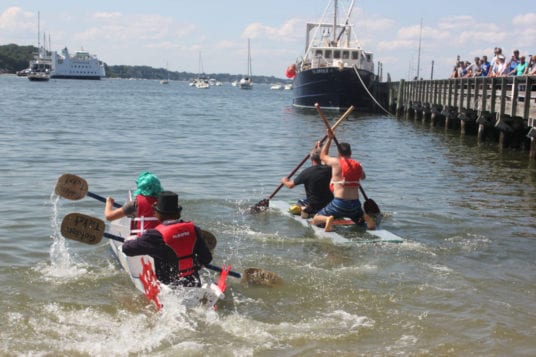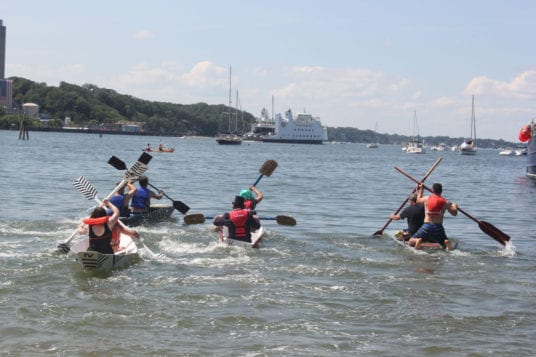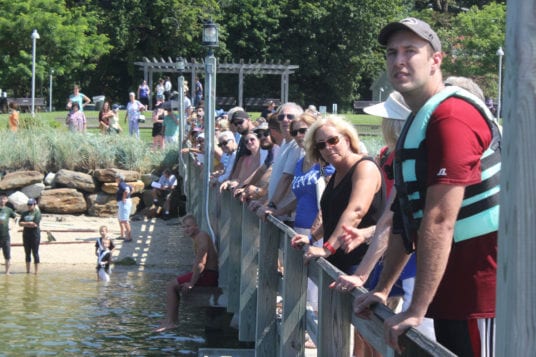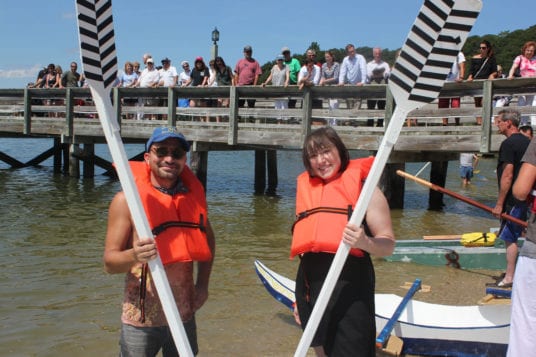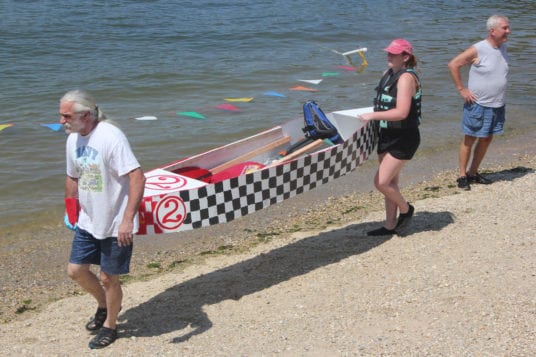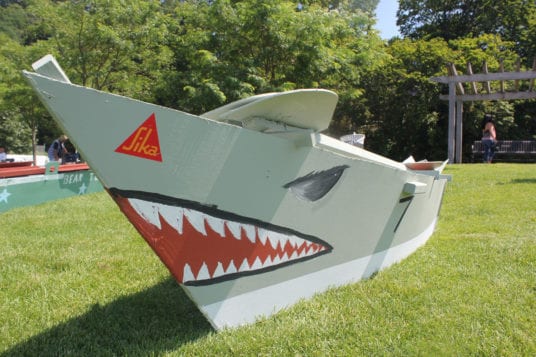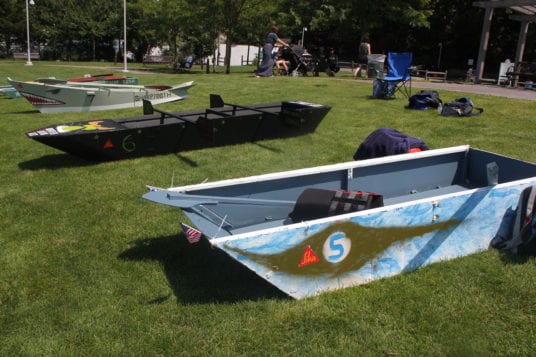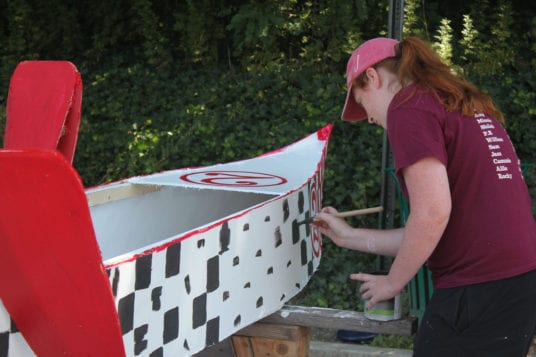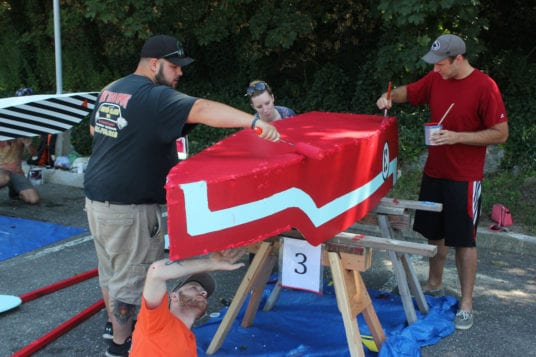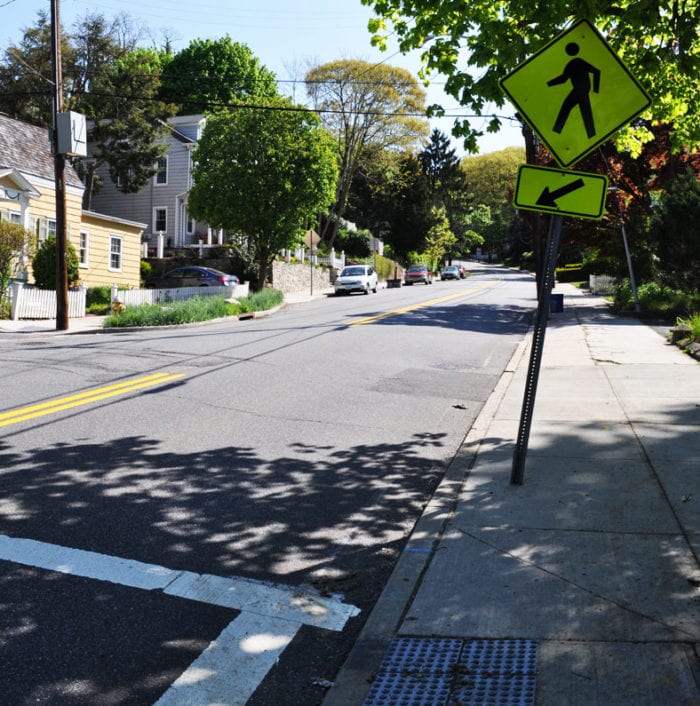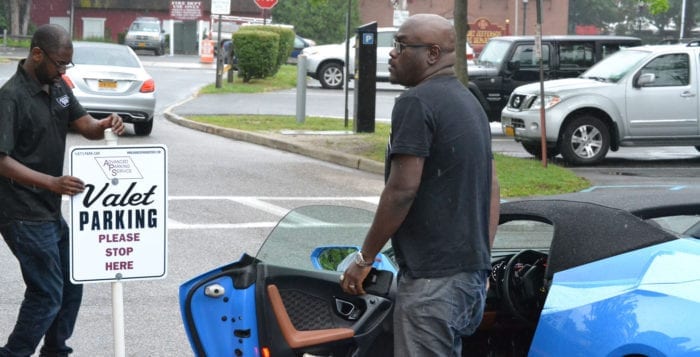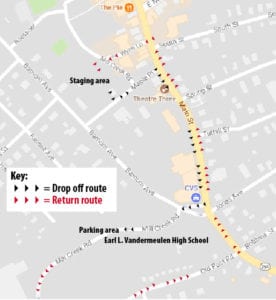By Kyle Barr
As it does every day in the summer, the Bridgeport to Port Jefferson ferry lowers its huge drawbridge door to reveal a host of cars growling like they are about to stampede into the town. Instead, they file out one by one. Every car is greeted with Port Jefferson’s Main Street and its stores lined up on both sides of the road like a buffet.
Unknown to many tourists though, only a few yards from the ferry dock and Main Street, stores offer a whole host of out-of-the-ordinary services from spiritual crystals to handmade jewelry. Almost all the stores on East Main Street are owned or operated by women, and they have developed a communal sense of offbeat character. Most of the owners believe it’s what keeps them alive.
“If they want to be successful on East Main Street they have to be different and unique,” owner of Pattern Finders & Stacy’s Finds on East Main Street Stacy Davidson said during an interview. “I think at this point the stores we have now, I can’t see any of us having a problem.”

Davidson has owned Pattern Finders for 23 years, and in that time she had to reinvent herself to keep up with the times. Now her store is a boutique that sells different and unique sets of clothing, dresses, jewelry and other home items.
Many of the stores on East Main host classes inspired by what they sell. The Knitting Cove, owned by Toni Andersen and her partner Barry Burns, is one of those stores. Along with the specialty yarn offered in the shop, the store also hosts classes for experienced and beginner knitters or “knit-alongs” where customers all try to complete a design using whatever choices of yarn they want.
Breathe Inspiring Gifts sells a number of spiritual items, such as crystals, minerals, tarot cards, incense, oils and many others. A door in the shop empties into another large room where owner Jena Turner does meditation and yoga sessions every day of the week.
“Some people don’t even know this street exists — isn’t that crazy?” Turner said. “I love it, I couldn’t see myself anywhere else. Main Street gets more foot traffic because there are more tourists who know of it, but there are a lot more Long Islanders aware of East Main Street.”
One consistent aspect of daily life East Main Street stores face is they do not depend nearly as much on tourists as they do on Long Islanders, specifically the regular customers that they come to know well.
Joann Maguire, the owner of Max & Millie Women’s Fashion boutique on East Main sees her store as dedicated to her regular customers. In the 13 years she’s owned the store, she said she has learned regulars keep her in business.
“Most of my customers are local residents and what I mean by that is from the Commack area or the Hamptons,” she said. “They come out here for dinner and then they find me. And then they become regulars. I’m a destination store, not a tourist store.”
In Fetch Doggy Boutique & Bakery, manager Patty Lutz is often there talking extensively with the customers she knows well.
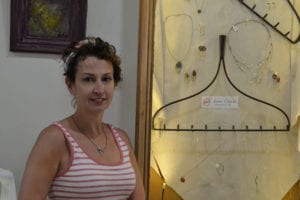
“Last night, I was home and it was 8 [p.m.] and a customer called me regarding their dog; their dog wasn’t feeling good, and their vet had closed,” she said. “You know what I mean, like there’s no cut out. We have hours that the store is open; but, if someone needs to talk to me and they have my number, they’re always welcome to call.”
Some of the shop owners on East Main sell products produced by hand, often in their own studios. Anna Radzinsky, the co-owner of The Barn, sells custom woodwork and signs. She also takes old furniture like wardrobes and cabinets, refinishes them and puts her own designs on them. At the same time her partner, Shawn Keane, does landscaping and completed the small garden laid into the bricks just outside of her shop.
Susan Rodgers of Susan Rodgers Designs traveled the country for 15 years selling her artwork in art shows. When eventually it came time to settle down in order to sell her work and the work of her friends, she chose East Main Street because she said it feels like what she imagined a small town to be.
“I think people are tired of things being the same,” Rodgers said. “The cookie-cutter sacrificing quality, and I think people are beginning to realize, compared to big box stores, the link to an individual person.”
Business on East Main is rarely stagnant. Miranda Carfora, a young entrepreneur, said she soon plans to open a store on East Main Street called BiblioFlames that will sell books and candles inspired by books.
“It’s really hard for independent bookstores, but I’m hoping that since I tied in my candles into the books I’ll have more customers that way,“ she said.
Carfora fits right into the scene that exists on East Main Street. Though the future for perspective small-business owners is always uncertain, Davidson’s advice for someone opening a shop on East Main Street is rather simple.
“Be unique,” she said. “You have to be unique and have what nobody else has.”


